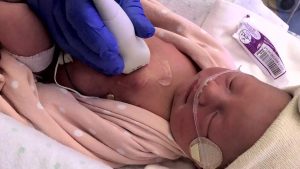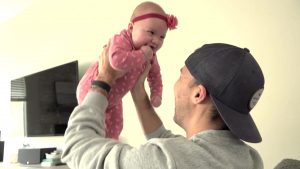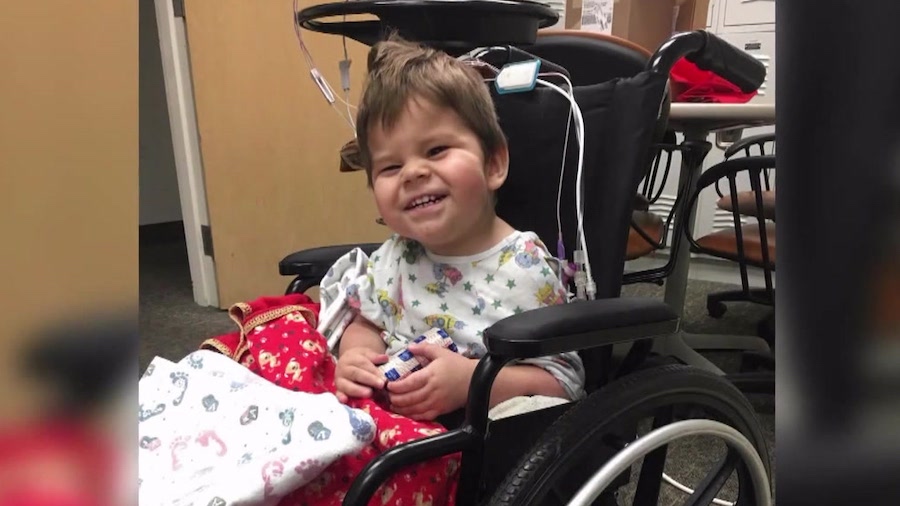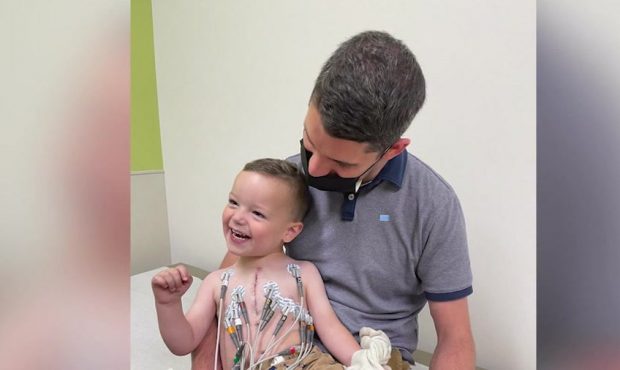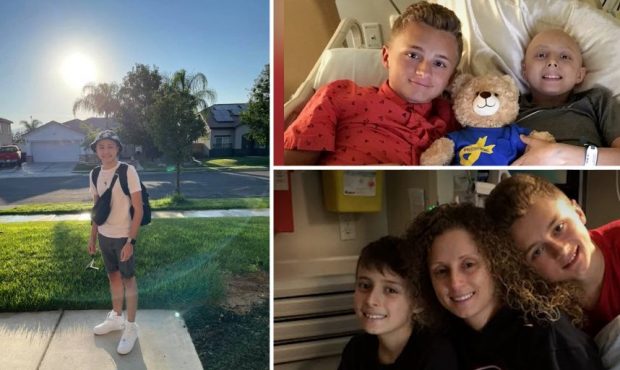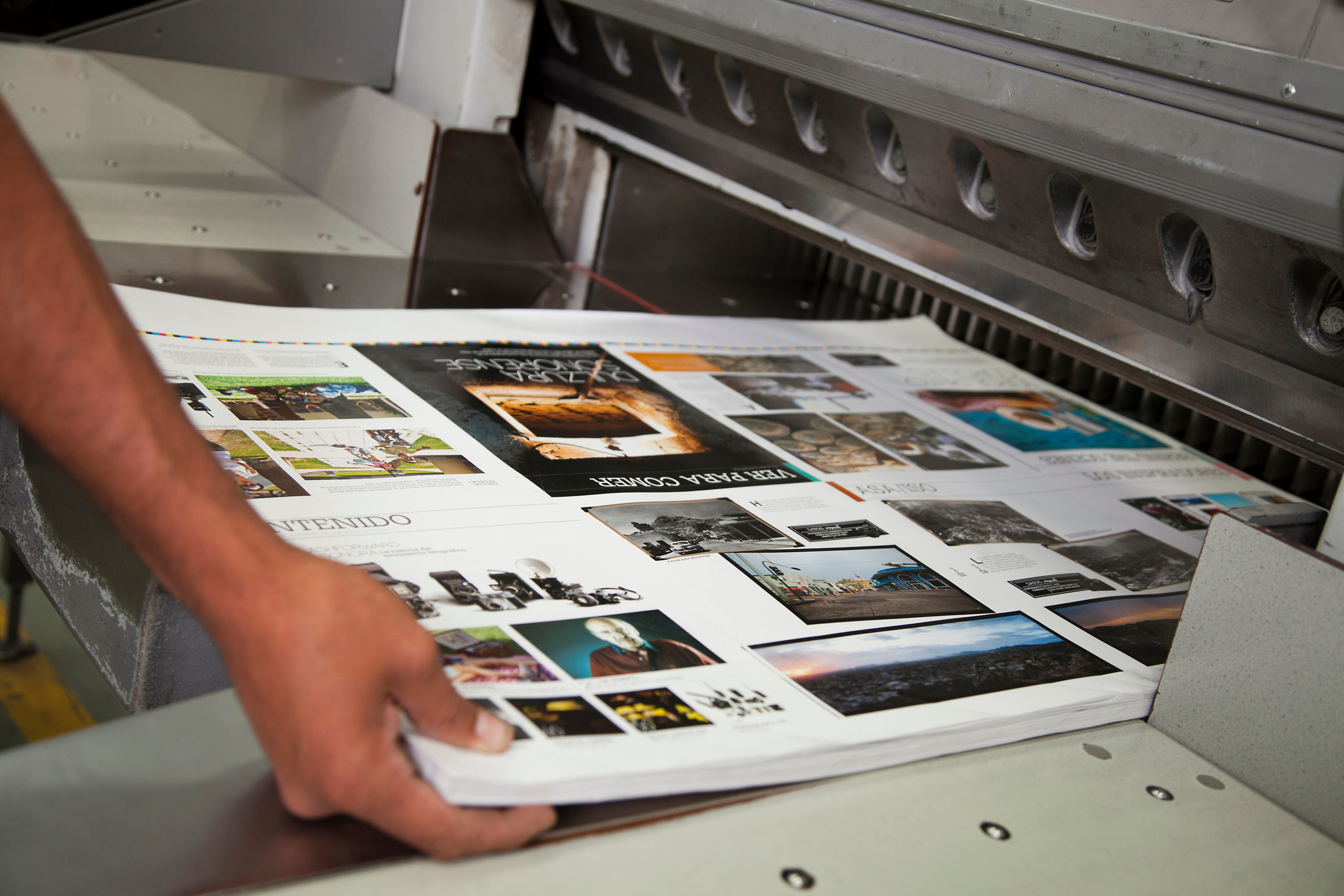KSL GIVE-A-THON
Early diagnosis of rare heart condition helps Amaya on her road to recovery
Dec 3, 2021, 8:21 AM
SALT LAKE CITY — Amaya was born with a rare heart condition, which, fortunately, was found before she was born.
KSL’s Ashley Moser is sharing the story of her baby and her experience at Intermountain Primary Children’s Hospital.
Amaya was born with a rare heart condition that was thankfully found before she was born. Tonight at 6:30 p.m., our own News Specialist @AshleyMoser is sharing the story of her baby and her experience at @primarychildren Hospital with us. #KSLKids pic.twitter.com/NC1g1lL608
— KSL 5 TV (@KSL5TV) December 2, 2021
From the moment we heard her heartbeat, to the big announcement that she was joining our family, our world has never been the same.
“Deep down inside, I knew it was going to be a girl,” said Ashley’s husband, Michael.
Michael and I were ecstatic from the beginning, but it’s almost like we knew this pregnancy was going to be much different than our first.
“Being familiar with the first one and movements, we knew what to expect, and so, right then and there, when Ashley was telling me stuff that wasn’t like the first one, and we knew our first one was good, then we started having concerns,” he said.
At 35 weeks, I didn’t feel her kick as much and went into my doctor’s office.
What we found out at that appointment would change everything.
“Amaya has a bright spot on her heart, and they don’t know what it is, and we need to go in for further testing,” Michael said.
Through a fetal echocardiogram, pediatric cardiologists at Primary Children’s Hospital spotted and diagnosed our daughter with a rare heart condition — one that causes the natural closure of a blood vessel before birth, instead of after.
“In premature ductal closure, a lot of the time we don’t know why that happens,” said Dr. Lindsey May. “Sometimes there is a clear, obvious reason, but most of the time, there isn’t.”
May said diagnosing our daughter when we did was crucial.
“There is definitely the chance that she wouldn’t have survived if it had gone on longer undetected,” the doctor said.
That detection led doctors to induce me four days later.
Amaya was born and whisked away to the NICU, where doctors monitored her heart.
“The right heart was struggling. It definitely had weak, poor function,” May said. “We could see that the valve function of the tricuspid valve was poor, and we could see that she had pulmonary hypertension.”
Amaya came home at five days old on oxygen.
For the next three months, we had follow-ups at Primary Children’s Hospital — appointments that showed she was improving.
“Her lung pressures were coming down, and gradually, we were able to just, very slowly, wean her off oxygen, to the point where her echo now, it’s normal,” May said. “Without any oxygen support, she’s growing, she’s thriving and just doing really, fantastically well.”
Amaya’s road to recovery has been a steady one. One made possible by the careful planning and expertise of her doctors. One that continues to help our little girl thrive.
“I see a happy baby that was able to get the care and attention that she needed, and we were able to be informed on what we had to do, and now, she’s living a happy life,” Michael said.
Your donations can help provide funds for other amazing work underway at Primary Children’s Hospital.
We hope you will be generous and donate to our KSL Give-A-Thon.
You can do so by going to KSLKids.com.


